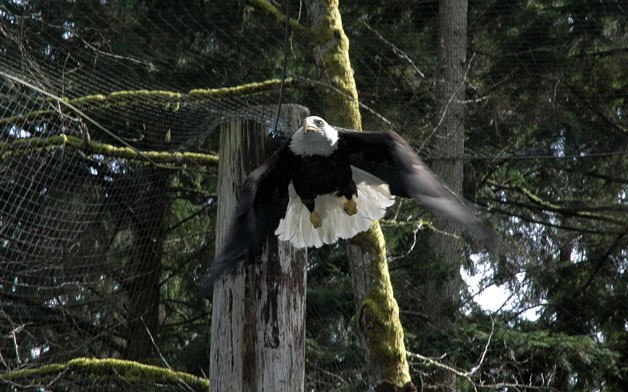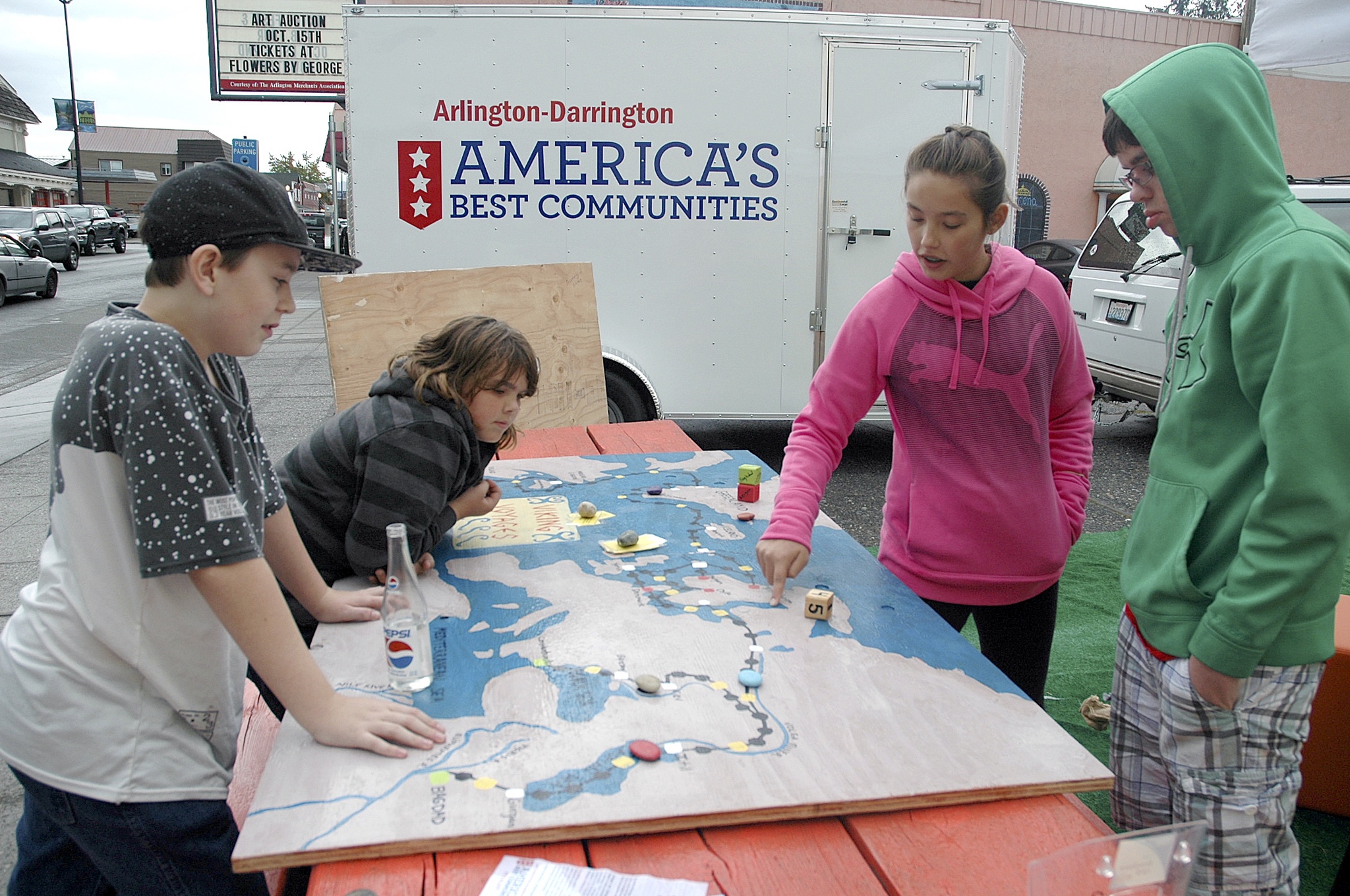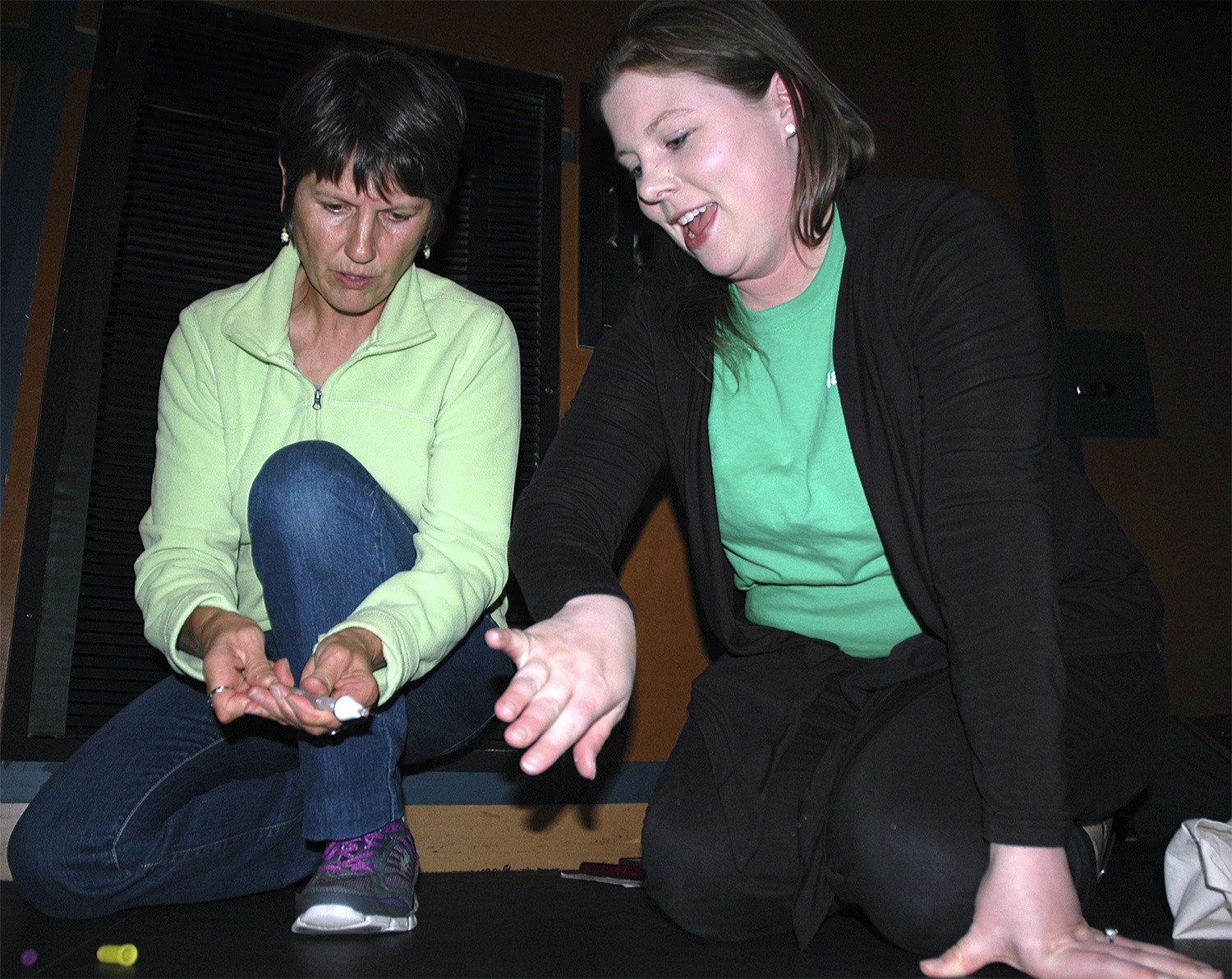BURIEN — Although the Sarvey Wildlife Center is located in Arlington, its all-volunteer staff is willing to go the extra mile, and then some, to help rehabilitate wild animals.
That’s how Sarvey Wildlife Center rescue technician William Miller found himself plunging through icy cold waters on Dec. 22 of last year to catch a bald eagle whose twice-broken wing had left it emaciated and unable to do much more than low-level gliding.
“I had to chase him about a quarter of a mile upstream,” said Miller, who’s been a rescue technician for two of his eight years as a volunteer for the Sarvey Wildlife Center. “It was shocking. He was just skin and bones.”
On Saturday, March 17, the work and resources of Miller and his fellow Sarvey Wildlife Center volunteers paid off when they were able to release that same eagle into the skies of Burien, at the Ed Munro Seahurst Park, near where Miller had recovered the bird in the first place.
“Since I picked him up closer to Sea-Tac, we moved him a bit further out,” Miller said. “It’s a nice area with lots of trees.”
While many visitors to the annual Arlington-Stillaguamish Eagle Festival or Stillaguamish Festival of the River might know the Sarvey Wildlife Center for the birds of prey that perch on its volunteers’ arms during those events, those birds can never be returned to the wild. Nursing a wild animal back to health poses more creative challenges when you’re planning to release it eventually into an environment where it won’t be able to depend on humans for survival.
“We don’t name our rehab animals, because we don’t want our volunteers developing emotional attachments to them,” Miller said. “Feeding them is difficult as well, because we can’t let them make positive associations between humans and food. Food can’t be treated as a motivator, and they can’t see us handing it out or giving it to them, so we usually just pull them out their cages to put the food in.”
Even though an x-ray confirmed that this eagle’s wing had been broken in two places, it had already healed over, which meant that Sarvey Wildlife Center volunteers had to hope that the bird could recover enough to fly without having its wing broken again and reset.
“It’s surprising what these animals can adapt and recover from,” Miller said. “I’ve seen some lose an eye and be able to compensate with the other. The problem with reseting a bald eagle’s wing is not only that a veterinarian would have to do that, but also that there’s not a lot of study that’s been done on how that affects wild birds as opposed to domestic birds.”
Regardless of its injuries, any wild animal that Sarvey Wildlife Center volunteers plan to release must be able to maneuver by sight and hearing, while certain birds such as the bald eagle should be able to fly, perch, grip a stand and maintain their balance.
For the Sarvey Wildlife Center, this recovery time adds up to a lot of money that they might not have. Miller’s rescue of the bald eagle alone cost $75, between vehicle fuel and other expenses, and the costs of feeding, cleaning and providing medical care for the bird amounted to at least $10 per day, between Dec. 22, 2011, and March 17, 2012.
Still, Sarvey Wildlife Center volunteers such as Miller would rather receive calls from citizens about wild animals, rather than leaving the public to handle those animals by themselves.
“You do have to take into consideration whether or not what you’re doing will make things worse for the animal,” Miller said. “Any rescue situation is a matter of time and knowledge. We get a lot of calls from people who think wild animals are injured when they’re not really. They’ll see a bald eagle with bloody legs by the side of a road and think it got hit by a car, when it actually was eating a chicken that happened to be near the road.”
When in doubt, though, Miller encouraged the public to call the Sarvey Wildlife Center, since the sooner its volunteers can get an injured animal into treatment, the better its odds are of survival. And while the Sarvey Wildlife Center has maintained a 64 percent release rate in 2010 and 2011, which has edged up to a 65 percent release rate in 2012, its volunteers still took in 3,833 animals in 2011 and 196 animals as of March 16 for this year.
“We can always use more volunteers and more funds,” Miller said.
For more information, visit Sarvey’s website at www.sarveywildlife.org or on Facebook, or call 360-435-4817 between 8 a.m. to 8 p.m., seven days a week.







